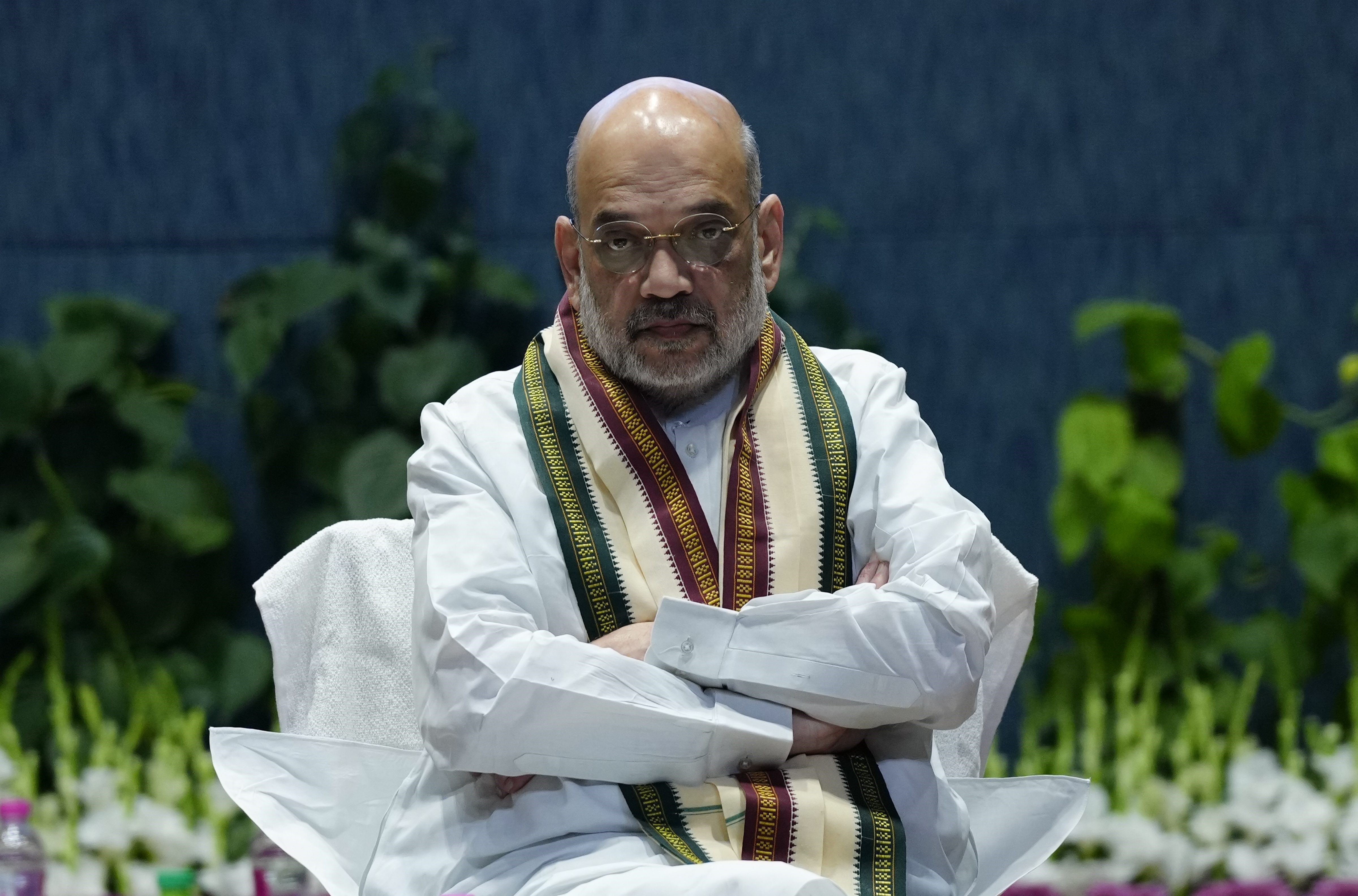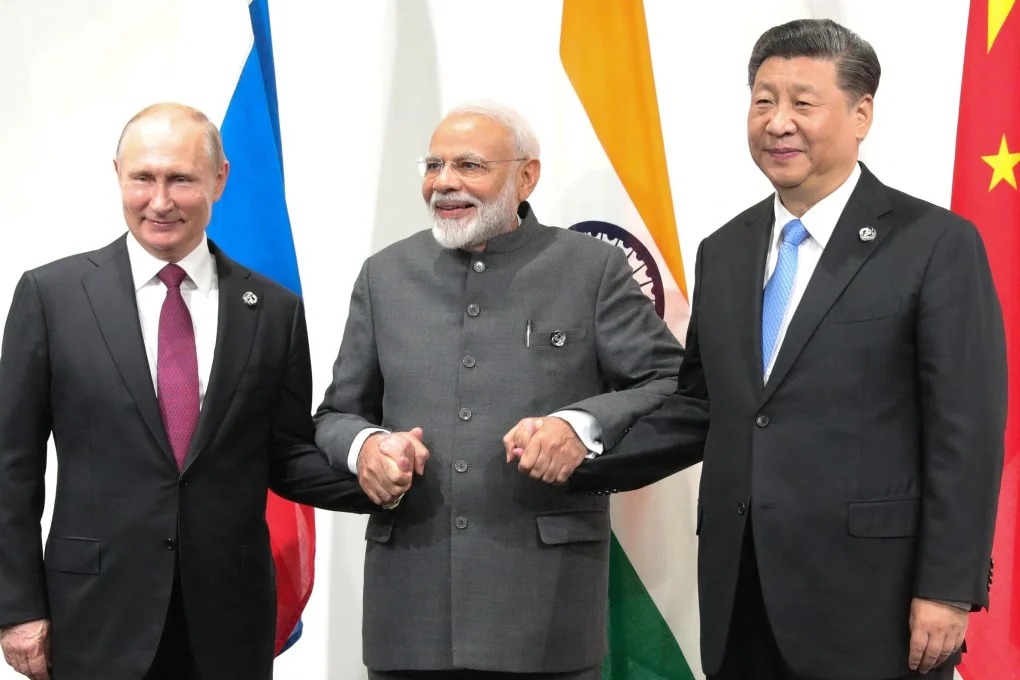 Image Source: Press Trust of India
Image Source: Press Trust of India
India’s ascent on the global stage is a story of rapid economic growth, technological leadership, and assertive diplomacy. But with this rising stature, Union Home Minister Amit Shah has now drawn urgent attention to an inevitable flip side: India’s emergence will be accompanied by increasingly complex and dynamic security challenges—requiring a fundamental shift in both national strategy and on-ground readiness.
Shah’s Security Blueprint: ‘Suraksha, Sajagta, Samanvay’
Speaking at the eighth National Security Strategies Conference (NSSC) in New Delhi, Shah set out a clear warning: as India’s economy powers into the world’s top four and its technological footprint expands, the threat landscape is evolving just as quickly. “India is one of the fastest emerging economies, and with that, the challenges before the country are also increasing. We must stay more vigilant and tackle problems with heightened awareness,” Shah stressed, underscoring the need for a “security-first approach”.
He outlined the new guiding mantra—'Suraksha, Sajagta, Samanvay' (Security, Alertness, Coordination)—and called on both state and central agencies to establish seamless real-time data sharing, integrate national intelligence databases into training, and form ‘homogeneous teams’ that span central-state hierarchies. These teams, Shah said, are critical to outpacing threats through coordinated planning, rapid response, and continuous innovation.
The New Threat Matrix: From Borders to Bytes
Shah’s address comes at a time when India’s security challenges are widening well beyond traditional borders:
Geopolitical Pressures: India’s complex neighborhood—marked by tensions with China, instability in Pakistan and Bangladesh, and the spillover of global terror networks—demands ever-greater vigilance. Violent incidents in regions like Jammu and Kashmir and the Northeast are compounded by cross-border infiltration, growing radicalization, and the emergence of new terror methods channelled through encrypted digital means.
Cybersecurity and Digital Espionage: With India’s rapid digital expansion, cyberattacks have surged in both frequency and sophistication. In 2025 alone, Indian institutions faced unprecedented attacks on government, finance, and healthcare infrastructure, many orchestrated by hacktivist and APT groups linked to hostile neighboring states. Cyber vulnerabilities are no longer abstract—they disrupt essential services and target state secrets.
Internal Security and Urban Threats: While decisive action has dented Left-Wing Extremism (LWE) and reduced violence in critical zones, Shah noted that new urban threats, economic crimes, and drug cartels demand equally robust responses. “Drug eradication must become a priority for the next three years,” he declared, launching a dual-level strategy spanning international extraditions and grassroots interventions.
Coastal and Maritime Security: The growing importance of securing small ports and preventing infiltration along India’s vast coastline has become more acute, especially with rising smuggling attempts and maritime trafficking.
Rising to the ‘Critical’ Decade
Shah described the coming 5–10 years as “critical” for India’s growth and security. He stressed that all agencies must adopt a future-focused mindset—incorporating emerging technologies (like AI, drones, and quantum computing), strengthening intelligence and inter-agency jointness, and benchmarking against global best practices.
Recent high-profile incidents—like Operation Sindoor and the decisive clampdown on cross-border terrorism—were highlighted as evidence of India’s new doctrine of “zero tolerance,” combining real-time action with global diplomatic messaging.
Mentorship, Modernization, and Mindset
The NSSC, Shah argued, should not only be a platform for senior leaders but must actively mentor younger officers, familiarize them with new challenges, and empower them to innovate in the face of fluid threats. “Excellence must become our habit,” he urged, outlining the need to turn every police station into an intelligence hub and foster friendly competition to drive best-in-class performance.
In Conclusion
India’s rising global stature, while a cause for celebration, is now recognized by Shah and the national security establishment as the magnet for sophisticated, multi-faceted threats. The roadmap ahead calls for unwavering vigilance, relentless innovation, and deeper cooperation across every tier of government and security agency. For India, the price of global leadership—and the promise of a secure, thriving future—lies in meeting these new challenges head-on.
Relevant Sources: Economic Times, Awaz The Voice, The Week, Moneycontrol, ORF, Eventus Security, Times of India, Newsinc24
Advertisement
Advertisement



